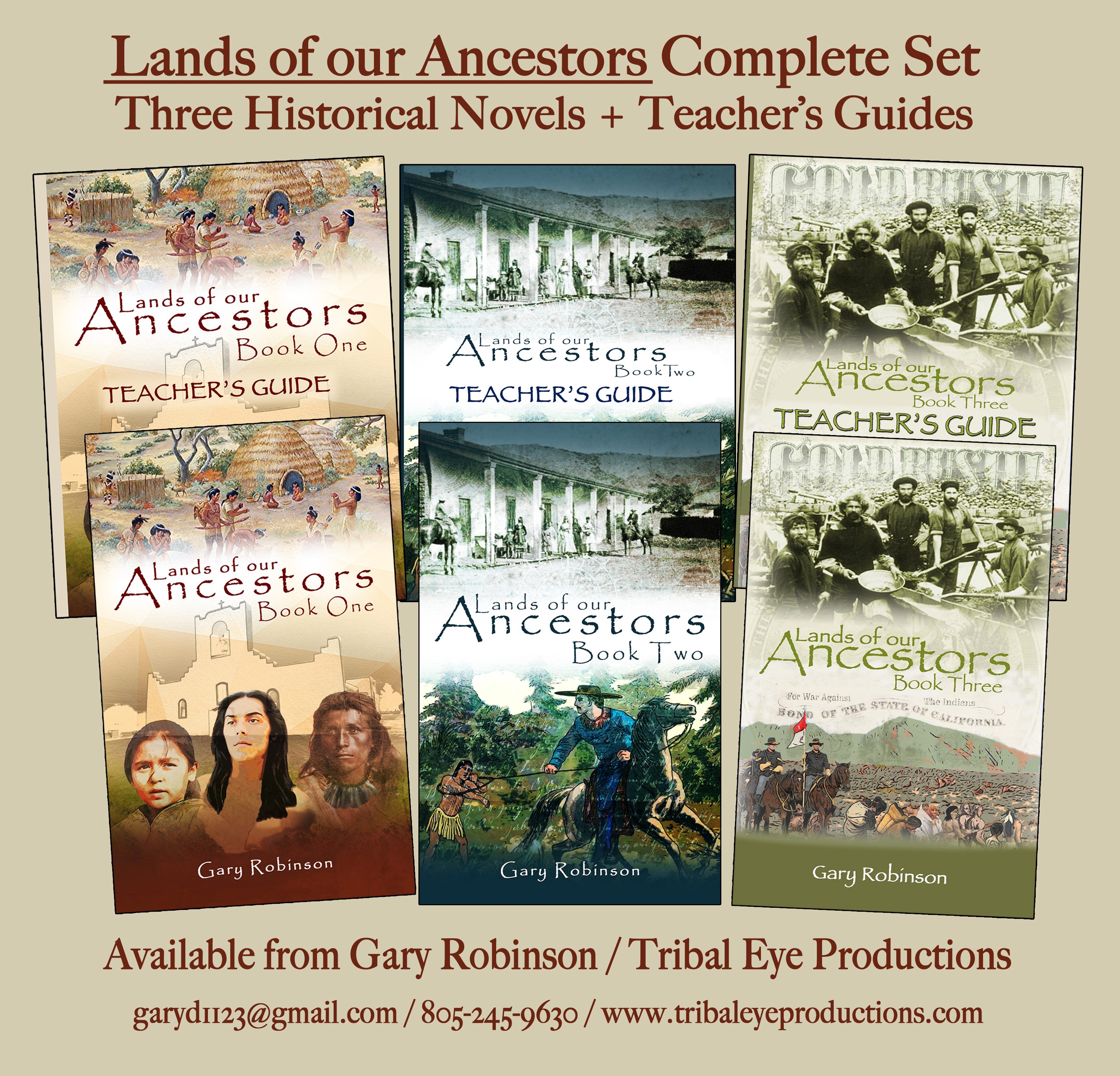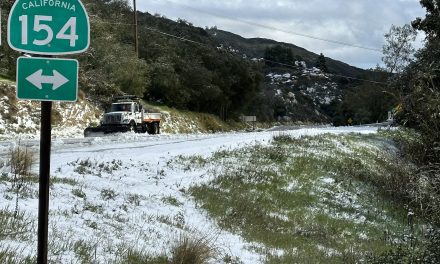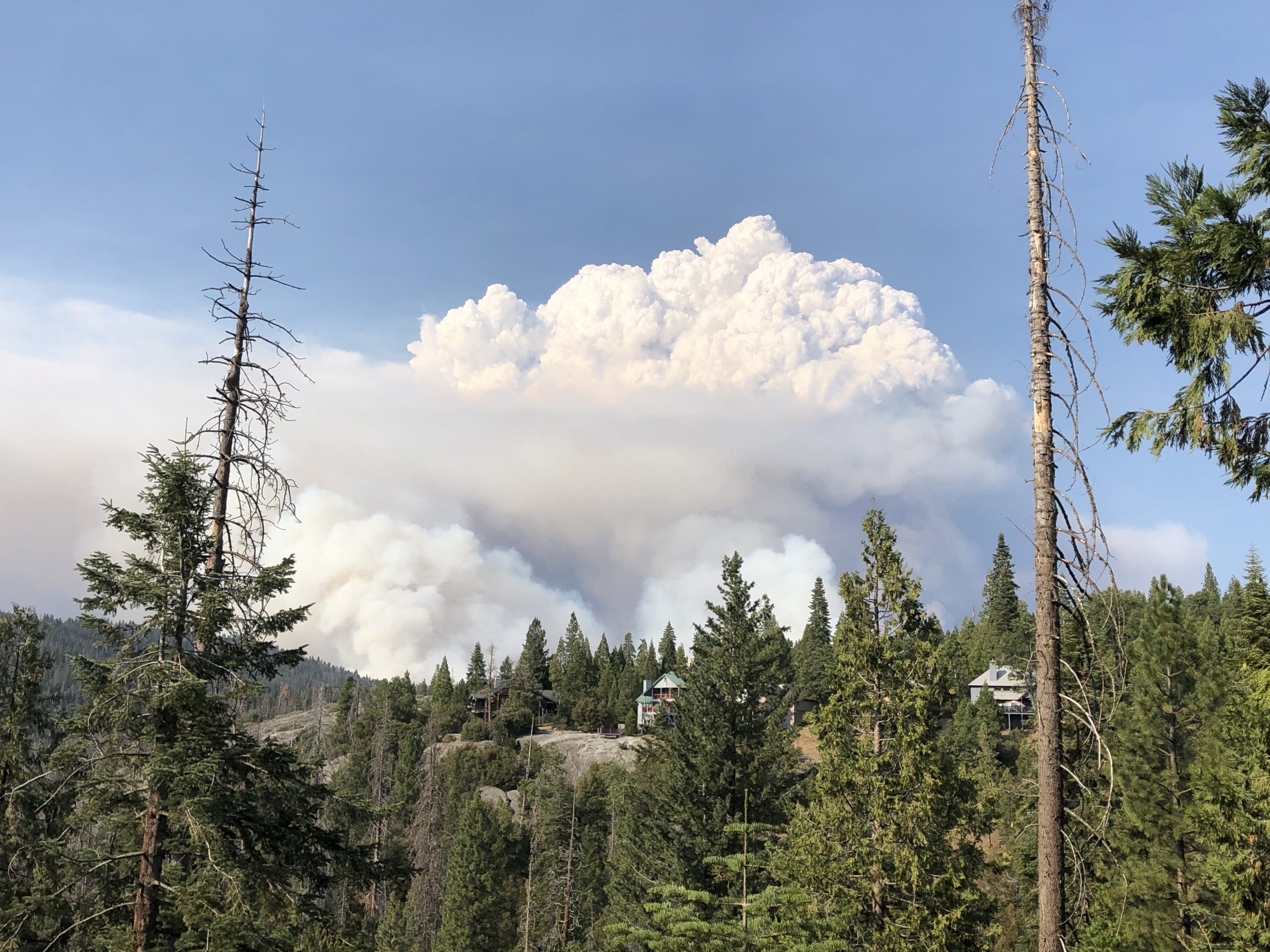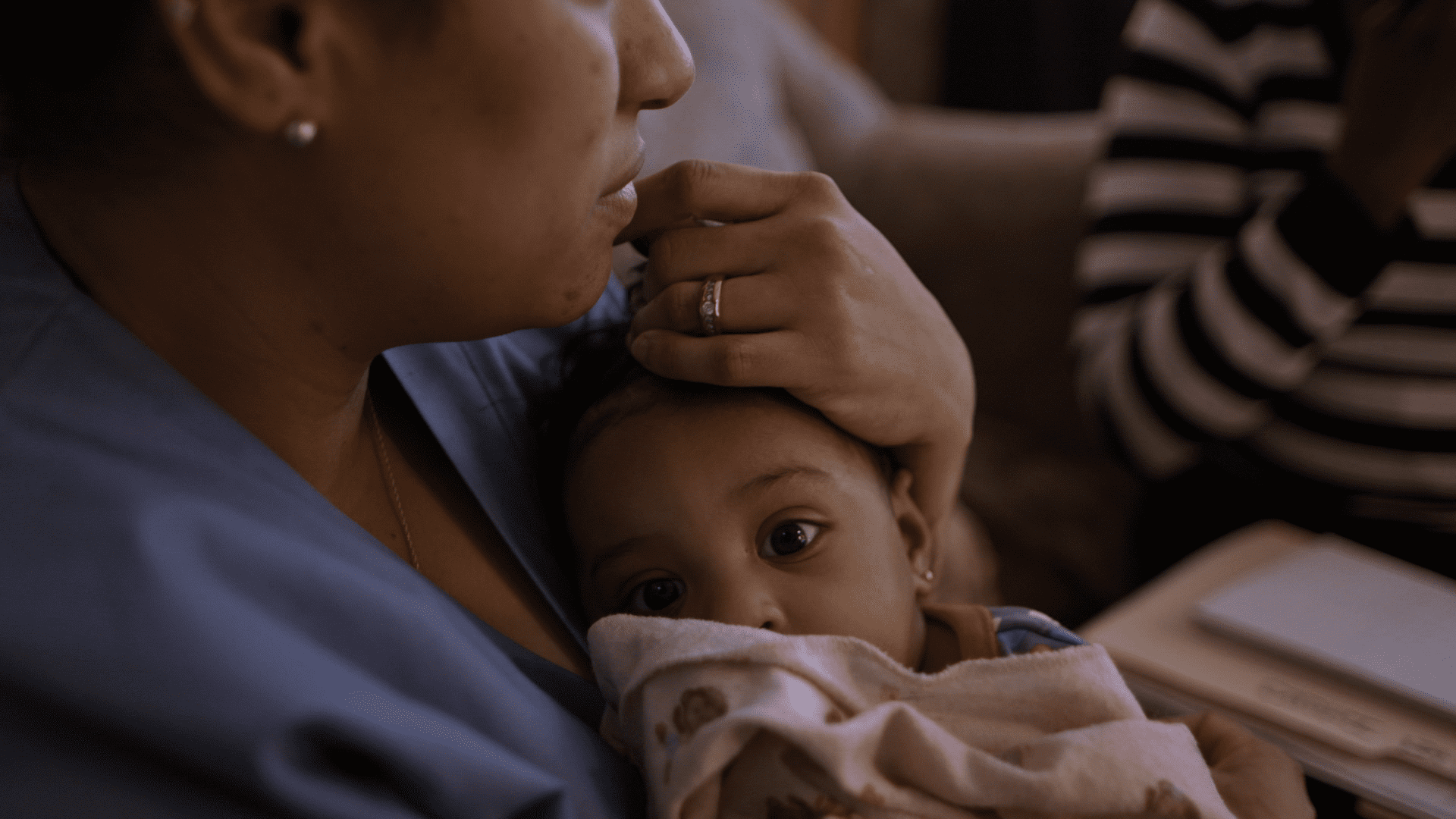Contributed
Santa Ynez author Gary Robinson has completed his historical novel trilogy, “Lands of our Ancestors,” which portrays periods of California history from a uniquely Native American perspective.
Covering the Spanish Mission era, the Mexican Rancho period, the Gold Rush and early years of statehood, the books feature the struggles and survival of three generations of an inland Chumash family.
Book One of the series introduced the two main characters, a 12-year-old Chumash boy named Kilik and his 11-year-old cousin, Tuhuy, and it’s primarily through their eyes that readers experience the perils and challenges brought by Spanish colonization of the territory.
That first book was released in 2016 after Robinson had the manuscript reviewed and approved by the Santa Ynez Chumash Elders Committee and the director of the tribe’s Culture Department along with a tribal member who teaches the tribe’s language.
A fourth-grade teacher also tested the book, which covers the Spanish Mission era, in her classroom to make sure the content was appropriate for the classroom.
Fourth grade is the year in which every California public school student studies the state’s history, and Robinson developed a teacher’s guide to accompany the book specifically so it could be used in classrooms.
“The year 2016 was also the year the state department of education released its revised standards for teaching history and social science subjects,” Robinson said. “The new framework discourages teachers from having students build mission models, for example, because nothing meaningful is learned through that activity. Instead, the new approach has students investigate the impacts that the missions had on native peoples and the environment.”
In the second book of the series, the main characters grow up and have children of their own. Together they face the trials and tribulations of the Mexican Rancho period where, once again, indigenous peoples are used for slave labor.
The third book takes readers into the period of the gold rush and early years of statehood when laws were passed making it legal to buy and sell Native Americans as forced laborers. The state’s first governor declared a “war of extermination” against California’s indigenous inhabitants, and the first legislature financed that endeavor through the sale of bonds and other means, raising almost a million dollars for armed militias.
Most of the characters in Book Three managed to escape death and capture during those perilous times and eventually returned to their original homeland in the Santa Ynez Valley.
Educators and librarians from around the state have praised the books for bringing a more truthful view of history into the classroom while making the Native American characters believable and real.
Speaking of Book One, Carey McKinnon of the Solvang Library said, “Lands of Our Ancestors addresses a difficult and extremely important subject in an engaging and readable children’s historical novel.”
“The Lands of our Ancestors series of historical novels provides young readers with a realistic view of California history as experienced by Native Americans,” Cindra Weber of the San Bernardino City School District said. “While studying Book One, many of our students couldn’t wait for the next day’s class in order to find out what happens to Kilik, Tuhuy and the other native children.”
Robinson is an award-winning filmmaker and author who has lived in the Santa Ynez Valley for 16 years. He has written and published 18 books on Native American topics and has begun work on the 19th. His documentaries and educational films have appeared on PBS, FNX Television, Native Flix and in classrooms around the country.
The Lands of our Ancestors books are available from the Book Loft in Solvang, Amazon.com and directly from Robinson. The books are $14.95 each and the teacher’s guides are $12.95 each.
For more information, call Robinson at 805-245-9630.







